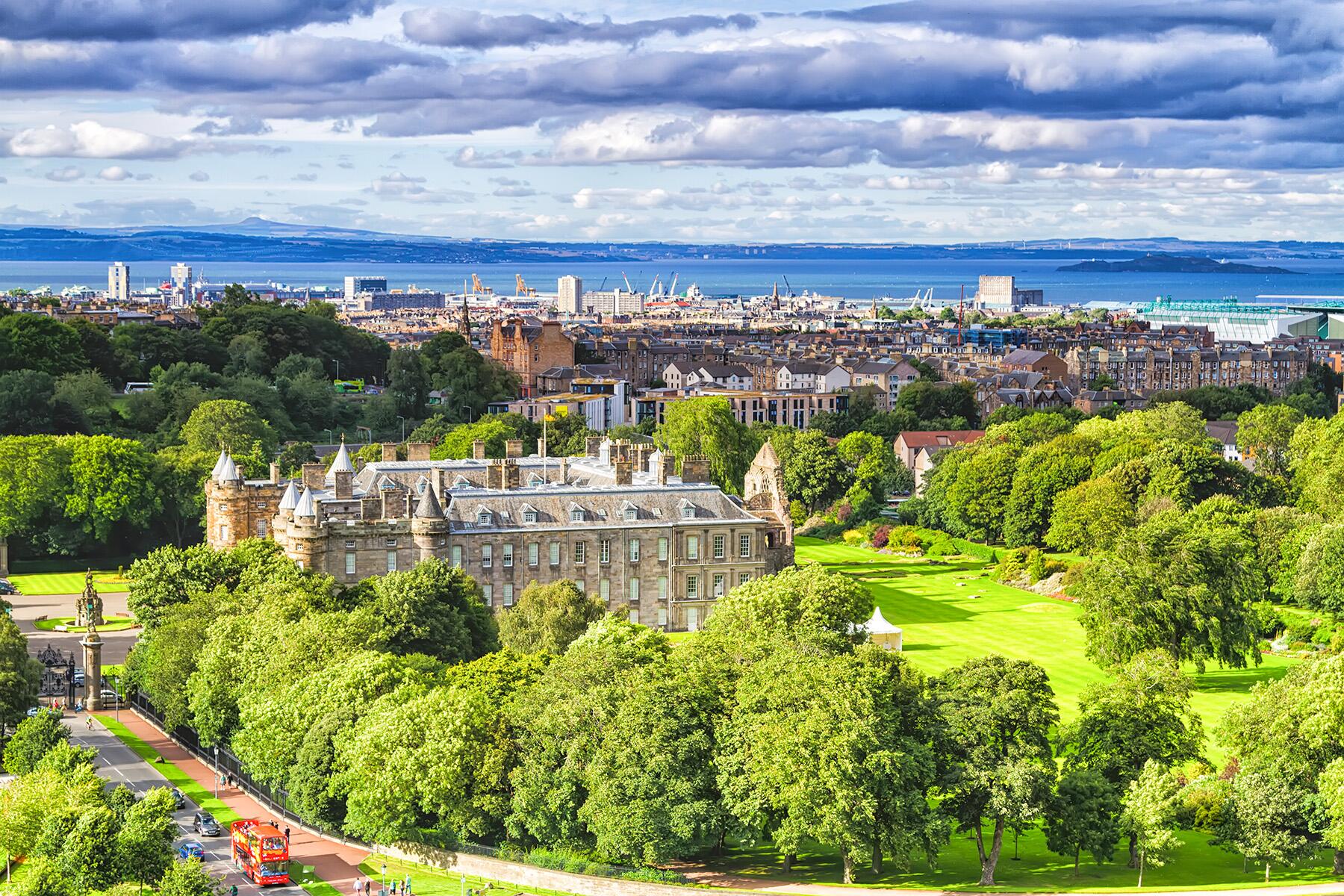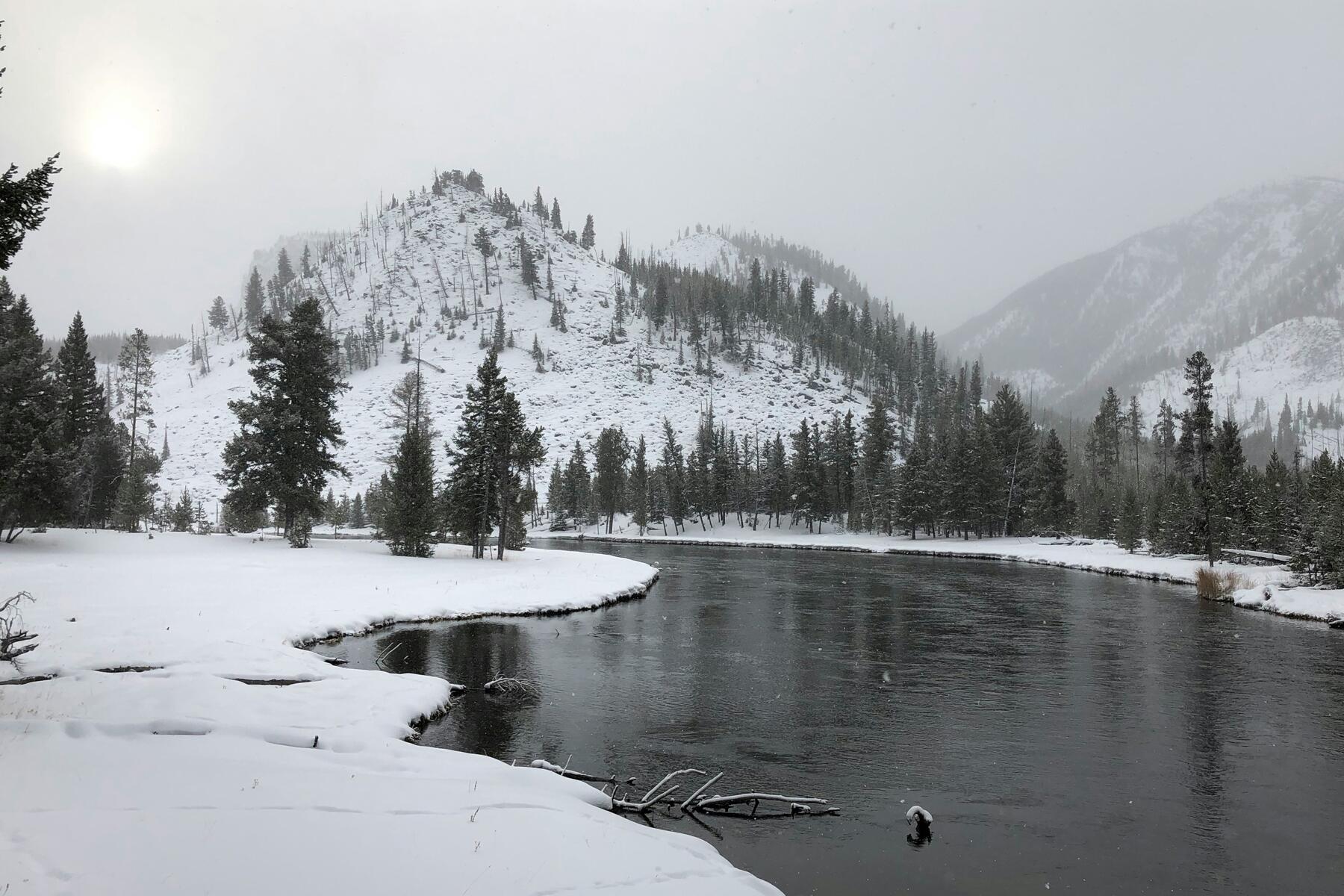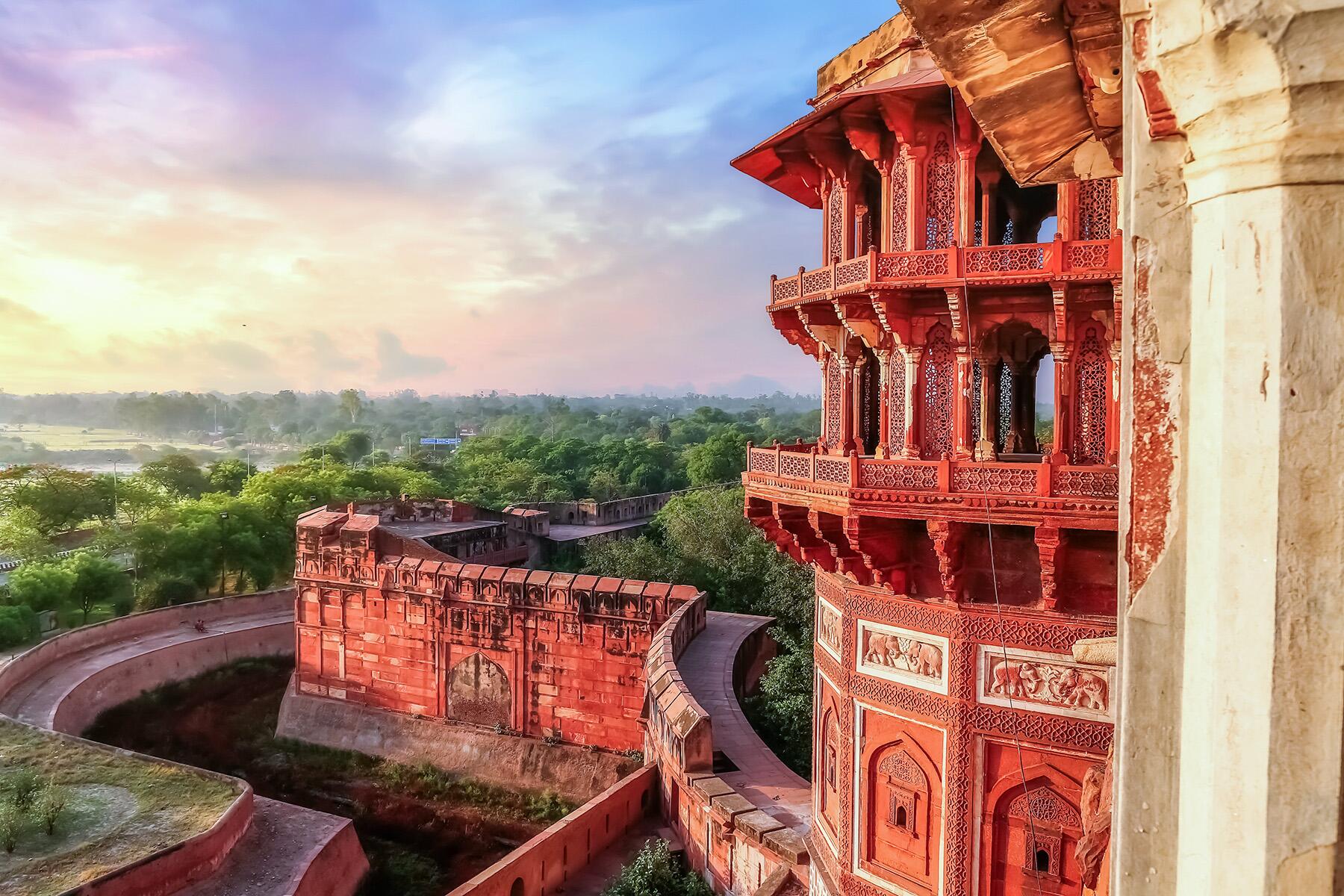Mother Nature wasn’t the only one hard at work.
America’s National Parks are, rightfully, famous for their plethora of majestic natural wonders. But there are several manmade structures that offer a unique way to interact with these parks’ history, culture, and natural beauty. From ancient dwellings to rugged homesteads, here are 10 manmade structures you’ll find in America’s National Parks.
Top Picks for You
Cliff Dwellings
WHERE: Mesa Verde National Park
The Cliff Palace of Mesa Verde National park is the largest and most notable example of cliff dwellings in North America. These remarkable structures were built and occupied by the Ancestral Puebloans starting in the late 12th century. There are over 150 rooms of varying size and purpose. The dwellings were abandoned around the year 1300 though the reason isn’t entirely known, though it may have been a combination of factors including drought and some kind of violent conflict.
Old Faithful Inn
WHERE: Yellowstone National Park
This inn, which underwent its initial construction between 1903 and 1904, is a quintessential example of “Parkitecture,” a style of architecture that was developed by the National Park Service that sought to ensure structures would be aesthetically in synch with their surrounding environments. It’s the largest log hotel in the world, and features a lobby with several stories of balconies and a massive stone fireplace. At any other hotel, the impressive lobby would be the most impressive sight on the property. As advertised in its name, the hotel features views of Yellowstone’s most iconic attraction—the Old Faithful geyser.
Recommended Fodor’s Video
Keys Ranch
WHERE: Joshua Tree National Park
William Keys made his way to Twentynine Palms, California, in 1910 in order to run the Desert Queen Mine. Over the years he would work at mining and ranching on the land that would one day become Joshua Tree National Park. The ranch complex would eventually be outfitted with everything from a house and a mill to a guest house and schoolhouse. Indeed, Keys and his wife Francis Lawton would raise five children on the ranch. The homestead he created would remain Keys’ home until he died in 1969.
Yosemite Valley Chapel
WHERE: Yosemite National Park
When it was built in 1879, the Yosemite Valley Chapel was conceived as a structure that would serve as a nondenominational house of worship. A purpose that it has humbly and dutifully served its purpose, providing a space for the spiritual to reflect among its pews while simultaneously viewing Yosemite falls. The chapel remains in use as a place of worship and as a popular wedding venue (pretty understandable considering how hard it must be to top those wedding photos).
T.A. Moulton Barn
WHERE: Grand Teton National Park
While it’s very difficult for some manmade structures to compare with the natural wonders that have earned these parks their revered and protected status, the T.A. Moulton Barn is perhaps the singular image that represents Grand Teton National Park. The peaks of the Teton Range towering majestically over this classic western-style barn creates a tableau that, after an incalculable number of photographs, the park simply wouldn’t feel complete without. The barn was built during the first half of the 20th century as part of Thomas Alma Moulton’s homestead before the land its located on was sold to the National Parks Service.
Kennecott Mines
WHERE: Wrangell St. Elias National Park
Located within the largest National Park in America is an entire ghost town that offers a very clear view of a specific window in Alaskan history. This mill town was established in the early 1900s after copper ore was discovered. Mines and a town that was centered around processing the ore sprang up and, despite its remote location, had everything a town (albeit a small, company town) might need—a hospital, a school, a general store—along with a few extras—a skating rink, and a tennis court. However, the mines would be so depleted over just a couple of decades that by 1938 Kennecott would be rendered a ghost town.
The Desert View Watchtower
WHERE: Grand Canyon National Park
If you were looking in the direction of the Desert View Watchtower from a distance you might not notice it’s there. Which is by design. The architect behind the watchtower, Mary Colter, intended the tower to blend in with its environment. The 70-foot structure, which was completed in 1932, was also inspired by a round tower in the Cliff Palace of Mesa Verde National Park.
Boca Chita Lighthouse
WHERE: Biscayne National Park
Built in the 1930s, this lighthouse has all the classic fixtures you expect from such a structure. It’s 65-feet tall and stands on the edge of the water. It has a beautiful dome that houses a lantern light that’s encased in a steel frame. There’s just one problem. It’s not technically a functional lighthouse. When Mark Honeywell built the lighthouse, he didn’t consult with the U.S. Coast Guard and the lighthouse was determined to be a hazard. So while this lighthouse may have never guided any storm-tossed sailors it is an aesthetically pleasing addition to Biscayne National Park.
Holzwarth Trout Lodge
WHERE: Rocky Mountain National Park
German immigrant John Holzwarth’s livelihood as a Denver saloonkeeper was wiped away when prohibition was enacted in 1916. By 1917, Holzwarth had established a homestead in Kawuneeche Valley next to the newly-minted Rocky Mountain National Park. Over the next few years, an additional property called the Never Summer Ranch would be established as a place for guests to stay. In 1974, the property was bought by the National Conservancy and then eventually became part of the National Park Service.
Bathhouse Row
WHERE: Hot Springs National Park
The eight bathhouses that make up Bathhouse Row were constructed between 1892 and 1923. But long before the bathhouses were established, the hot springs that provide the water had been used as a place of healing for thousands of years. If you’d like to experience one of these bathhouses yourself, you’re in luck. Quapaw and Buckstaff still operate and are still open for those looking to take a soak.




